Discover How Bold Colors and Personal Touches Are Making Homes Happier and More Vibrant

In recent years, a vibrant and mood-boosting interior design trend has taken the world by storm: dopamine decor. This innovative approach to home styling focuses on using bold colors, playful patterns, and personal touches to create spaces that literally make you happier. While the concept builds on traditional color psychology, it’s Gen Z that has transformed it into a full-fledged design movement.
Some links in our articles may be affiliate links, which means we may earn a small commission at no extra cost to you. Additionally, some articles may use AI assistance in creating the content you see. Rest assured, all recommendations and insights reflect our commitment to providing valuable and trustworthy information.
Thank you for supporting our site!
Understanding Dopamine Decor
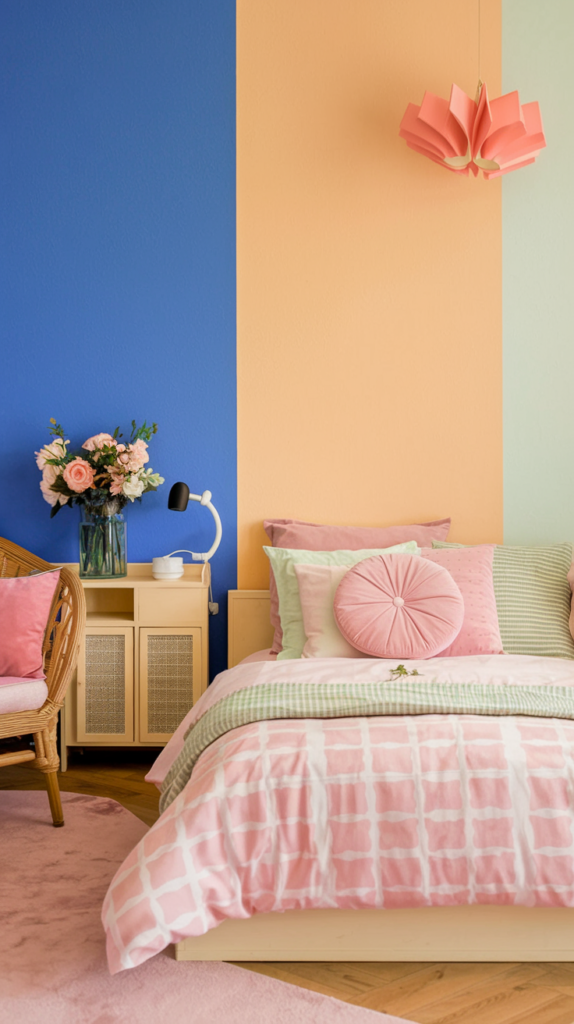
Dopamine decor is more than just throwing together bright colors – it’s a thoughtful approach to creating environments that stimulate the brain’s pleasure centers. The concept borrows its name from dopamine, the “feel-good” neurotransmitter associated with pleasure and satisfaction. Just as dopamine dressing encourages wearing vibrant clothes to boost mood, dopamine decor applies the same principle to living spaces.
Gen Z’s Influence on the Trend
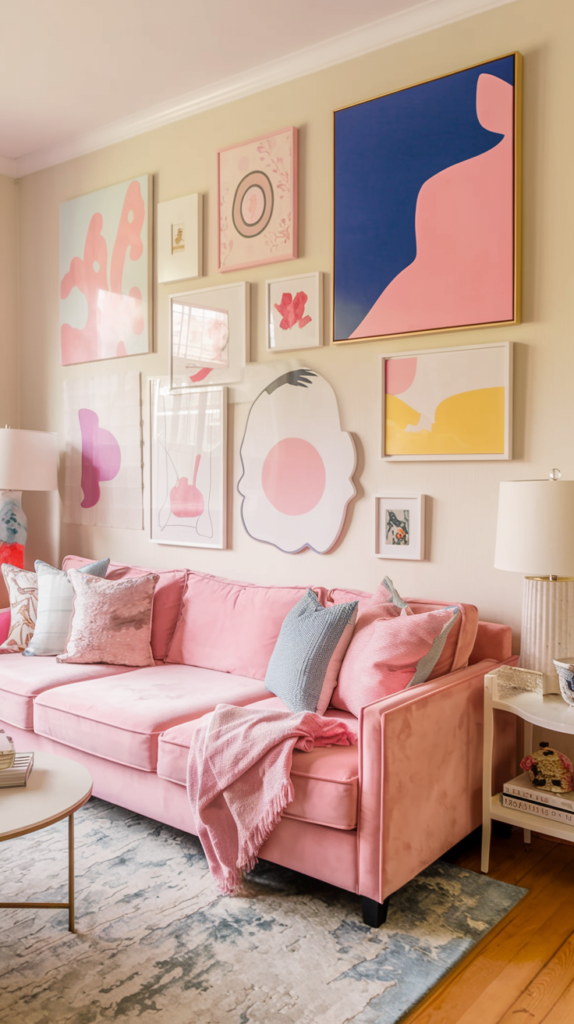
Social media platforms have become the primary catalyst for dopamine decor’s popularity, with Gen Z leading the charge. TikTok hashtags featuring colorful room transformations and mood-boosting design tips regularly accumulate millions of views. This generation’s rejection of minimalist aesthetics in favor of personalized, joy-inducing spaces has created a significant shift in interior design preferences.
Color Psychology in Dopamine Decor
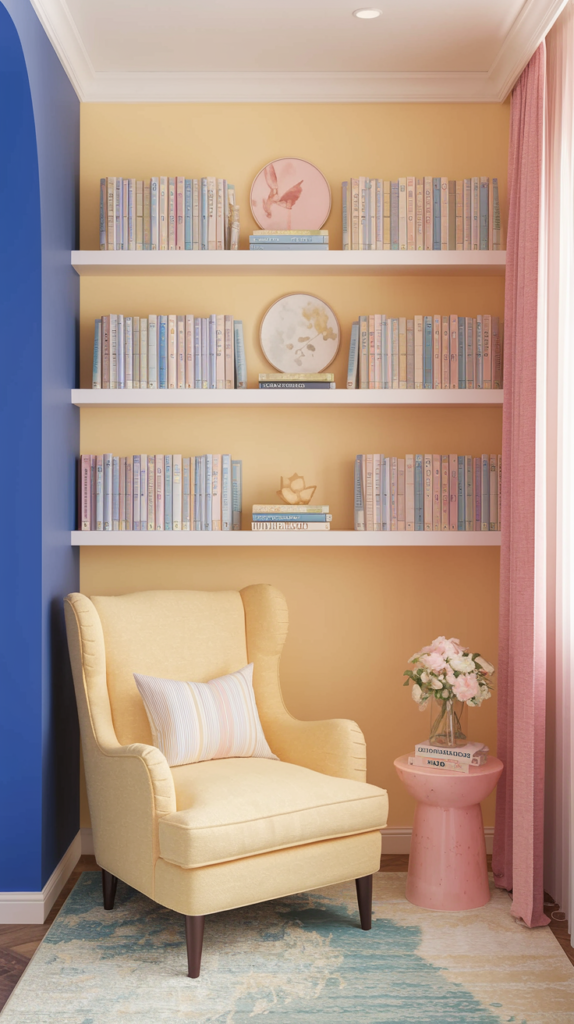
One of the most striking aspects of this trend is the bold use of color combinations. Blue and yellow have emerged as a particularly popular pairing, with the contrast between cool and warm tones creating a dynamic, energizing effect. Blue brings feelings of calm and stability, while yellow adds sunshine-like warmth and optimism. Other popular combinations include pink with green, orange with purple, and multiple bright hues used together in unexpected ways.
Practical Implementation Ideas
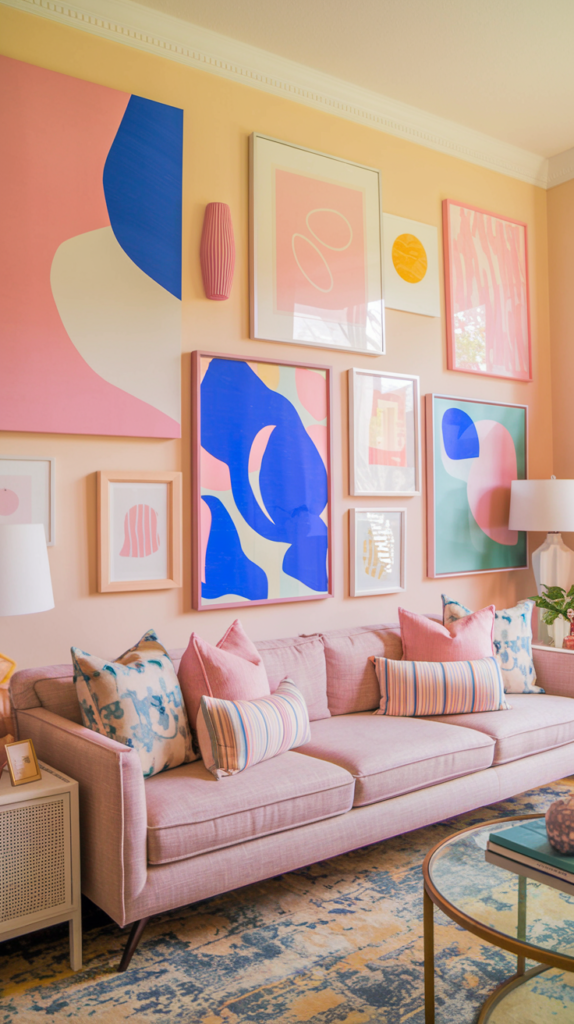
Incorporating dopamine decor doesn’t require a complete home overhaul. Start with wall art – a key component of this design movement. Large-scale abstract prints, colorful photography, or even hand-painted murals can instantly transform a space. Mix different sizes and styles of artwork to create an engaging gallery wall that tells your personal story.
For those just beginning their dopamine decor journey, start with smaller elements like vibrant throw pillows, bold rugs, or colorful curtains. These pieces can be easily changed or moved around as you become more comfortable with the style. Wall decals, removable wallpaper, and interchangeable art prints offer flexible ways to experiment with the trend.
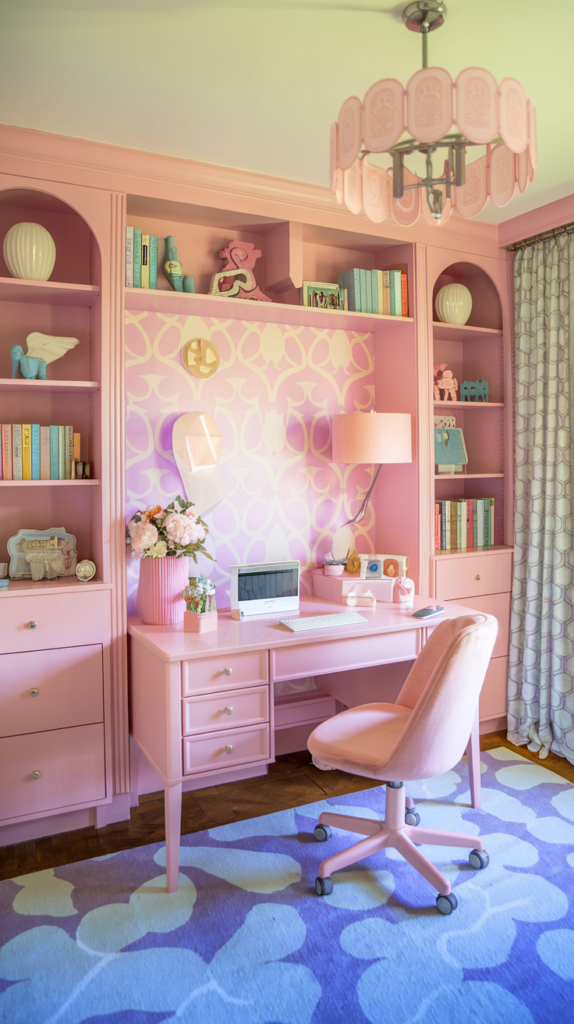
Creating Your Own Dopamine-Boosting Space
The key to successful dopamine decor lies in personalization. While social media can provide inspiration, your space should reflect what brings you joy. This might mean incorporating childhood memorabilia, travel souvenirs, or artwork that holds special meaning. Layer different textures – think plush throws, metallic accents, and natural materials – to add depth to your color choices.

Consider creating themed corners or nooks within larger spaces. A reading corner might feature a bright yellow armchair against a blue accent wall, complemented by multicolored book spines and quirky bookends. A home office could incorporate energizing patterns through wallpaper or a bold area rug, balanced with practical organizational elements in complementary colors.
Common Mistakes to Avoid
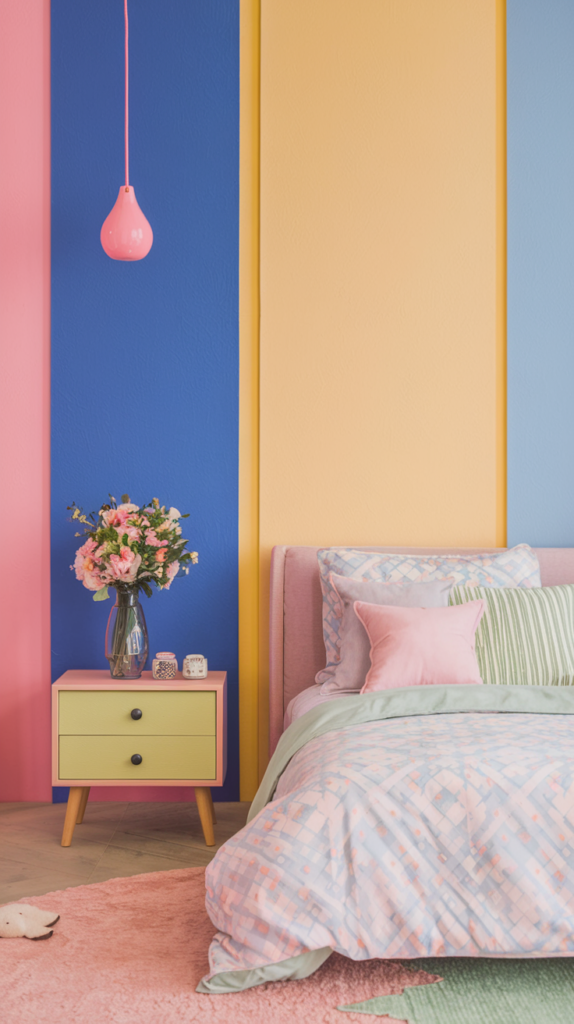
While dopamine decor embraces boldness, it’s important to maintain some sense of cohesion. One common mistake is adding too many competing elements without considering their relationship to each other. Create a color palette with 3-4 main colors and use them consistently throughout your space. Remember that white space isn’t the enemy – it can help prevent visual overwhelm and allow your chosen pieces to shine.
Another pitfall is sacrificing functionality for aesthetics. Ensure that your furniture arrangement still allows for comfortable movement and that storage solutions remain practical, even if they’re wrapped in vibrant colors or patterns.
The Future of Mood-Boosting Design
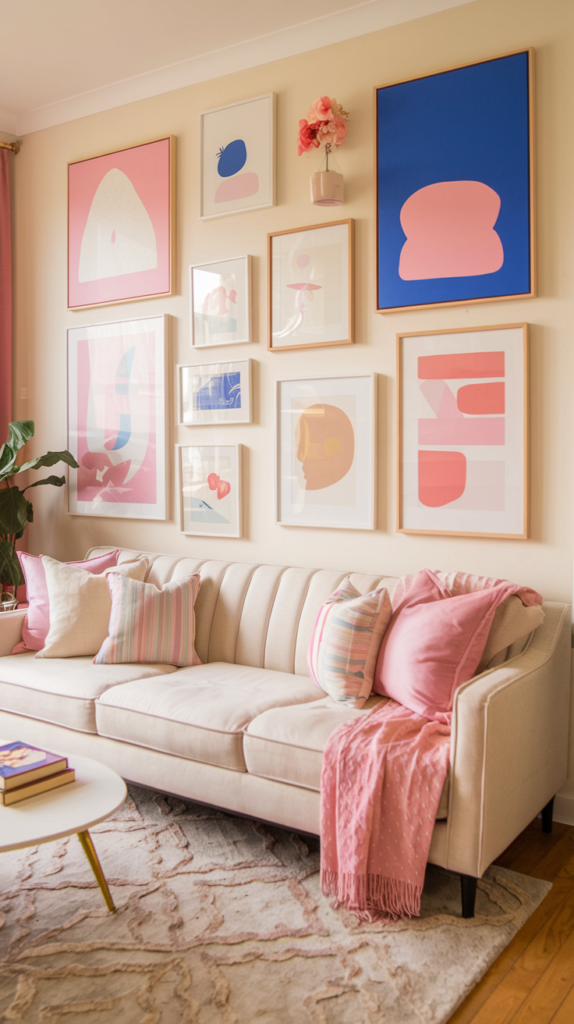
As mental wellness continues to be a priority in home design, dopamine decor shows no signs of fading away. Instead, it’s evolving to incorporate sustainable materials, vintage finds, and technology-integrated elements. Gen Z’s influence has pushed interior design toward more personalized, emotion-centered approaches that prioritize the psychological impact of our living spaces.
The beauty of dopamine decor lies in its accessibility and adaptability. Whether you’re a renter working with temporary solutions or a homeowner planning major renovations, there are ways to incorporate this mood-lifting design philosophy into your space. The goal isn’t to create picture-perfect rooms that could be featured in traditional design magazines, but rather to craft environments that genuinely make you happier every time you walk into them.
In a world that can often feel overwhelming, dopamine decor offers a way to take control of our immediate environment and actively cultivate joy through design choices. It’s more than a trend – it’s a movement toward more personalized, psychology-informed living spaces that prioritize emotional well-being alongside aesthetic appeal.
Some blog articles may contain affiliate links to products or services for which we may receive a commission on transactions. Some of the content on this blog site may be assisted by A.I. generators.
Thank you for visiting our blog!
